The Science Of Smog
The Science of Smog
On July 26, 1943, Los Angeles was blanketed by a thick gas that stung people’s eyes and blocked out the Sun. Panicked residents believed their city had been attacked using chemical warfare. But the cloud wasn’t an act of war. It was smog. A portmanteau of smoke and fog, the word smog was coined at the beginning of the 20th century to describe the thick gray haze that covered cities such as London, Glasgow, and Edinburgh.

This industrial smog was known to form when smoke from coal-burning home stoves and factories combined with moisture in the air. But the smog behind the LA panic was different. It was yellowish with a chemical odor. Since the city didn’t burn much coal, its cause would remain a mystery until a chemist named Arie Haagen-Smit identified two culprits, volatile organic compounds, or VOCs, and nitrous oxides. VOCs are compounds that easily become vapors and may contain elements, such as carbon, oxygen, hydrogen, chlorine, and sulfur. Some are naturally produced by plants and animals, but others come from manmade sources, like solvents, paints, glues, and petroleum. Meanwhile, the incomplete combustion of gas in motor vehicles releases nitrous oxide. That’s what gives this type of smog its yellowish color.

VOCs and nitrous oxide react with sunlight to produce secondary pollutants called PANs and tropospheric, or ground level, ozone. PANs and ozone cause eye irritation and damage lung tissue. Both are key ingredients in photochemical smog, which is what had been plaguing LA.
Smog isn’t just an aesthetic eyesore. The two forms of smog irritate the eyes, nose, and throat, exacerbate conditions like asthma and emphysema, and increase the risk of respiratory infections like bronchitis. Smog can be especially harmful to young children and older people and exposure in pregnant women has been linked to low birth weight and potential birth defects. Secondary pollutants found in photochemical smog can damage and weaken crops and decrease yield, making them more susceptible to insects.

After the Great Smog of London shut down all transportation in the city for days and caused more than 4,000 respiratory deaths, the Clean Air Act of 1956 banned burning coal in certain areas of the city, leading to a massive reduction in smog. Similarly, regulations on vehicle emissions and gas content in the US reduced the volatile compounds in the air and smog levels along with them.
Smog remains a major problem around the world. Countries like China and Poland that depend on coal for energy experience high levels of industrial smog. Photochemical smog and airborne particles from vehicle emissions affect many rapidly developing cities, from Mexico City and Santiago to New Delhi and Tehran. Governments have tried many methods to tackle it, such as banning cars from driving for days at a time. As more than half of the world’s population crowds into cities, considering a shift to mass transit and away from fossil fuels may allow us to breathe easier.
From the TED-Ed Lesson The science of smog - Kim Preshoff
Animation by Juan M. Urbina Studios
More Posts from Smparticle2 and Others


Fluid systems can sometimes serve as analogs for other physical phenomena. For example, bouncing droplets can recreate quantum effects and a hydraulic jump can act like a white hole. In this work, a bathtub vortex serves as an analog for a rotating black hole, a system that’s extremely difficult to study under normal circumstances. In theory, the property of superradiance makes it possible for gravitational waves to extract energy from a rotating black hole, but this has not yet been observed. A recent study has, however, observed superradiance for the first time in this fluid analog.
To do this, the researchers set up a vortex draining in the center of a tank. (Water was added back at the edges to keep the depth constant.) This served as their rotating black hole. Then they generated waves from one side of the tank and observed how those waves scattered off the vortex. The pattern you see on the water surface in the top image is part of a technique used to measure the 3D surface of the water in detail, which allowed the researchers to measure incoming and scattered waves around the vortex. For superradiance to occur, scattered waves had to be more energetic after interacting with the vortex than they were before, which is exactly what the researchers found. Now that they’ve observed superradiance in the laboratory, scientists hope to probe the process in greater detail, which will hopefully help them observe it in nature as well. For more on the experimental set-up, see Sixty Symbols, Tech Insider UK, and the original paper. (Image credit: Sixty Symbols, source; research credit: T. Torres et al., pdf; via Tech Insider UK)

Do you know anyone prone to pleonasm?
Read the full definition here: http://www.dictionary.com/wordoftheday/2016/11/16?param=social

“People who never met her except across the footlights did not realize how, in her private life, she had such compassion and interest in everyone. After I returned from Hong Kong I was ill with a virus and she rang me up reproachfully later to say, ‘Why didn’t you let me know? I would have come and sit with you.’ Giving flowers to sick people is easy. Giving that precious commodity time is far more expensive for someone who had such a full life. But she always found time for everyone.” -Godfrey Winn
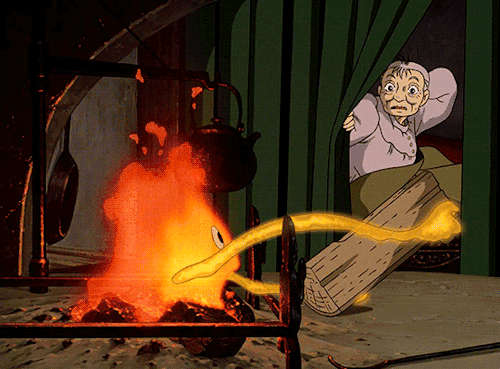









Tuz Gölü - Cereal / WORDS & PHOTOS: Peter Edel
FOR THE AMERICAN COLOUR FIELD PAINTER BARNETT NEWMAN, THE EMPTY, BOUNDLESS LANDSCAPE ENHANCED AN INDIVIDUAL’S SENSE OF PRESENCE WITHIN THEM. THE TUZ GÖLÜ, THE SALT LAKE LOCATED IN THE CORE OF TURKEY’S ANATOLIAN PENINSULA, IS ONE OF THE PLACES IN THE WORLD WHERE THIS UNDERSTANDING IS EXPERIENCED MOST PROFOUNDLY.
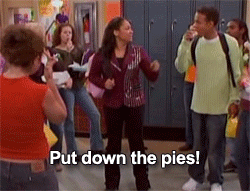
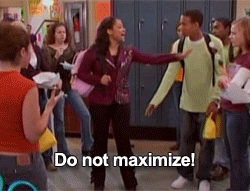

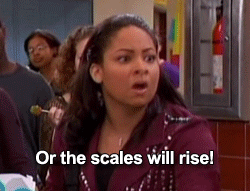

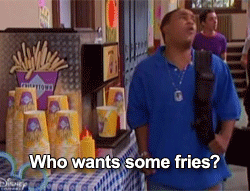

“There weren’t many opportunities to work in Paraguay. I was selling tools on the street. There was no money. There was nothing. I came to Argentina when I was nineteen and life has been so much better. I work every day. I’m close to opening another shop just like this. I do get called a lot of names like ‘Shitty Paraguayan.’ But I’m used to it now. In the beginning I would try to fight back, but not anymore. When I first arrived, I fought a man who tried to stab me through the cage. But he came back with twenty people and destroyed my store. So I don’t fight back anymore. Everyone in the neighborhood knows me now, so I’m treated with more respect. And my son was born in this country. So this one is an Argentinian. He’s going to study.” (Buenos Aires, Argentina)
Must return soon
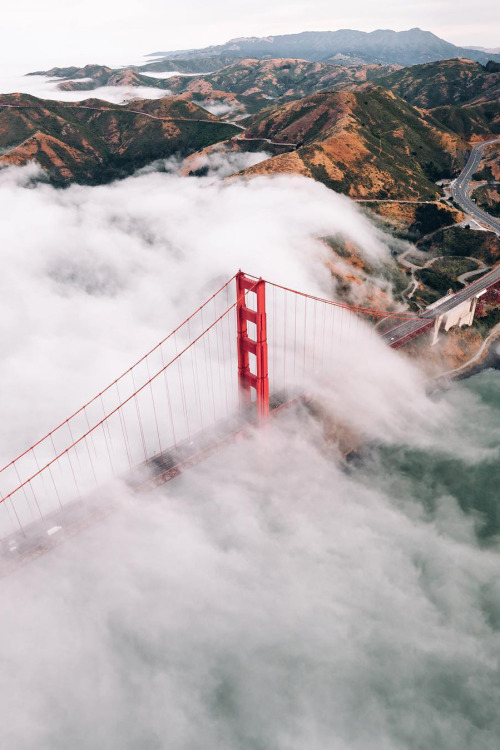
Golden Gate Bridge // Geek Creative
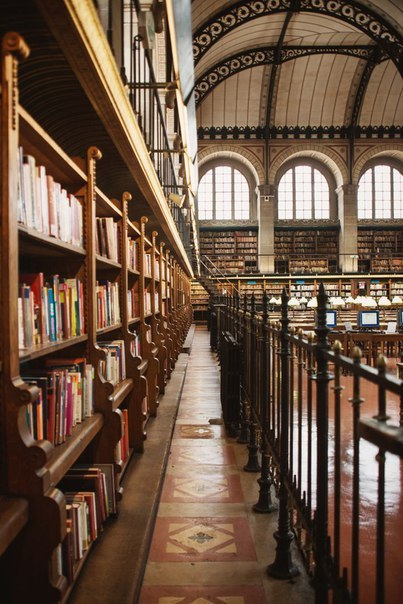
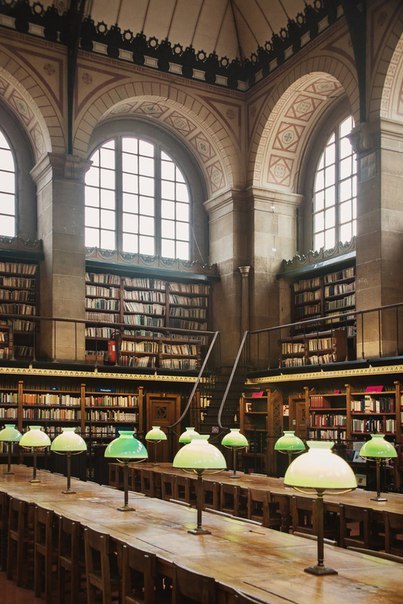
Sainte-Geneviève Library. Paris, France.
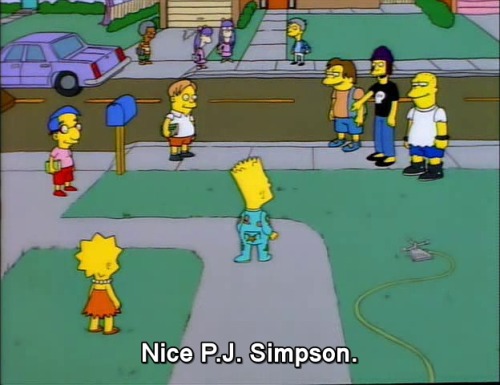
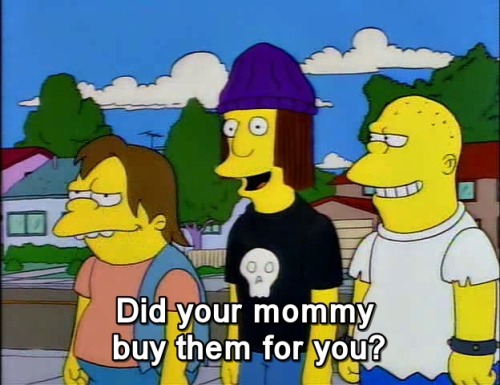
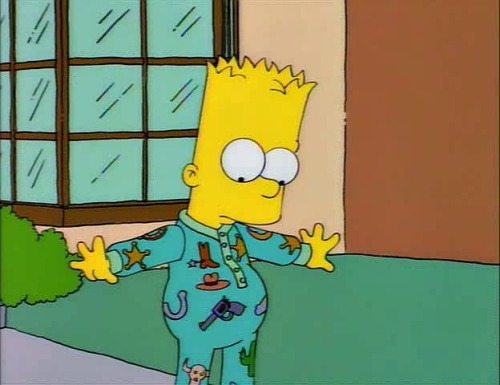
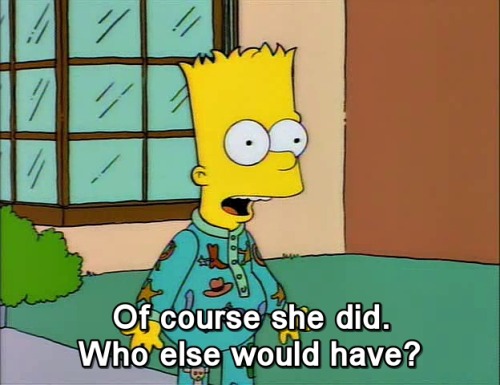
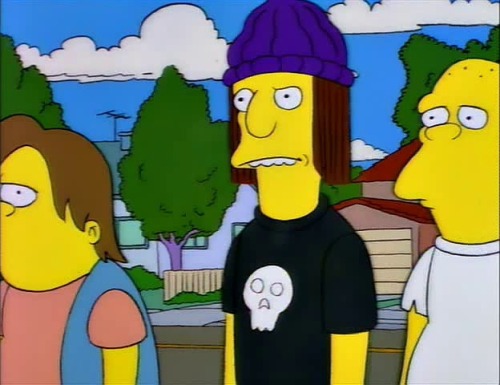
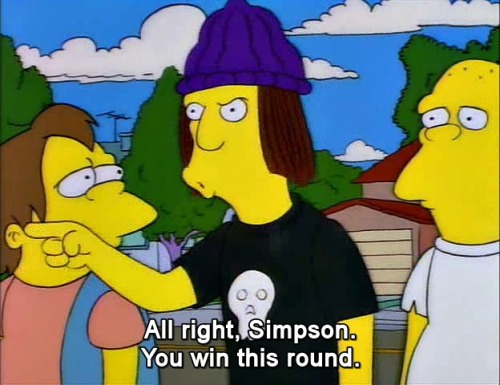
-
 princessnefertankh liked this · 3 years ago
princessnefertankh liked this · 3 years ago -
 vivirsinhacerlo reblogged this · 4 years ago
vivirsinhacerlo reblogged this · 4 years ago -
 vivirsinhacerlo liked this · 4 years ago
vivirsinhacerlo liked this · 4 years ago -
 yuugosvida liked this · 5 years ago
yuugosvida liked this · 5 years ago -
 airpollutionblows-blog reblogged this · 6 years ago
airpollutionblows-blog reblogged this · 6 years ago -
 suberomarkets reblogged this · 6 years ago
suberomarkets reblogged this · 6 years ago -
 dimens1ons liked this · 7 years ago
dimens1ons liked this · 7 years ago -
 flytoit90-blog liked this · 7 years ago
flytoit90-blog liked this · 7 years ago -
 industrie-discount liked this · 7 years ago
industrie-discount liked this · 7 years ago -
 thepinkloser liked this · 7 years ago
thepinkloser liked this · 7 years ago -
 petroleummanage-blog reblogged this · 7 years ago
petroleummanage-blog reblogged this · 7 years ago -
 timallenphoto liked this · 7 years ago
timallenphoto liked this · 7 years ago -
 kim-rose-art liked this · 7 years ago
kim-rose-art liked this · 7 years ago -
 aek2-pa210-blog reblogged this · 7 years ago
aek2-pa210-blog reblogged this · 7 years ago -
 sarahandjoshdad reblogged this · 7 years ago
sarahandjoshdad reblogged this · 7 years ago -
 duivan liked this · 7 years ago
duivan liked this · 7 years ago -
 tanailas liked this · 7 years ago
tanailas liked this · 7 years ago -
 mangupower liked this · 7 years ago
mangupower liked this · 7 years ago -
 tumbleweed-chaser reblogged this · 7 years ago
tumbleweed-chaser reblogged this · 7 years ago -
 tumbleweed-chaser liked this · 7 years ago
tumbleweed-chaser liked this · 7 years ago -
 oneapplepiefromscratchplease reblogged this · 7 years ago
oneapplepiefromscratchplease reblogged this · 7 years ago -
 oneapplepiefromscratchplease liked this · 7 years ago
oneapplepiefromscratchplease liked this · 7 years ago -
 west-coast-happiness-blog liked this · 7 years ago
west-coast-happiness-blog liked this · 7 years ago -
 downzeroapp liked this · 7 years ago
downzeroapp liked this · 7 years ago -
 huntytwopiece liked this · 7 years ago
huntytwopiece liked this · 7 years ago -
 dhoflorez liked this · 7 years ago
dhoflorez liked this · 7 years ago -
 vegansaroundtheworld-blog liked this · 7 years ago
vegansaroundtheworld-blog liked this · 7 years ago -
 marinaandthediamonds27 liked this · 7 years ago
marinaandthediamonds27 liked this · 7 years ago -
 pxeic-blog liked this · 7 years ago
pxeic-blog liked this · 7 years ago -
 47helphelp liked this · 7 years ago
47helphelp liked this · 7 years ago -
 werecatt reblogged this · 7 years ago
werecatt reblogged this · 7 years ago -
 werecatt liked this · 7 years ago
werecatt liked this · 7 years ago -
 macv9697 reblogged this · 7 years ago
macv9697 reblogged this · 7 years ago -
 ferruginol liked this · 7 years ago
ferruginol liked this · 7 years ago -
 roilcrowncola liked this · 7 years ago
roilcrowncola liked this · 7 years ago -
 supergalaxydefender22 liked this · 7 years ago
supergalaxydefender22 liked this · 7 years ago -
 afrocafestudies reblogged this · 7 years ago
afrocafestudies reblogged this · 7 years ago -
 eternaldreamer3 liked this · 7 years ago
eternaldreamer3 liked this · 7 years ago